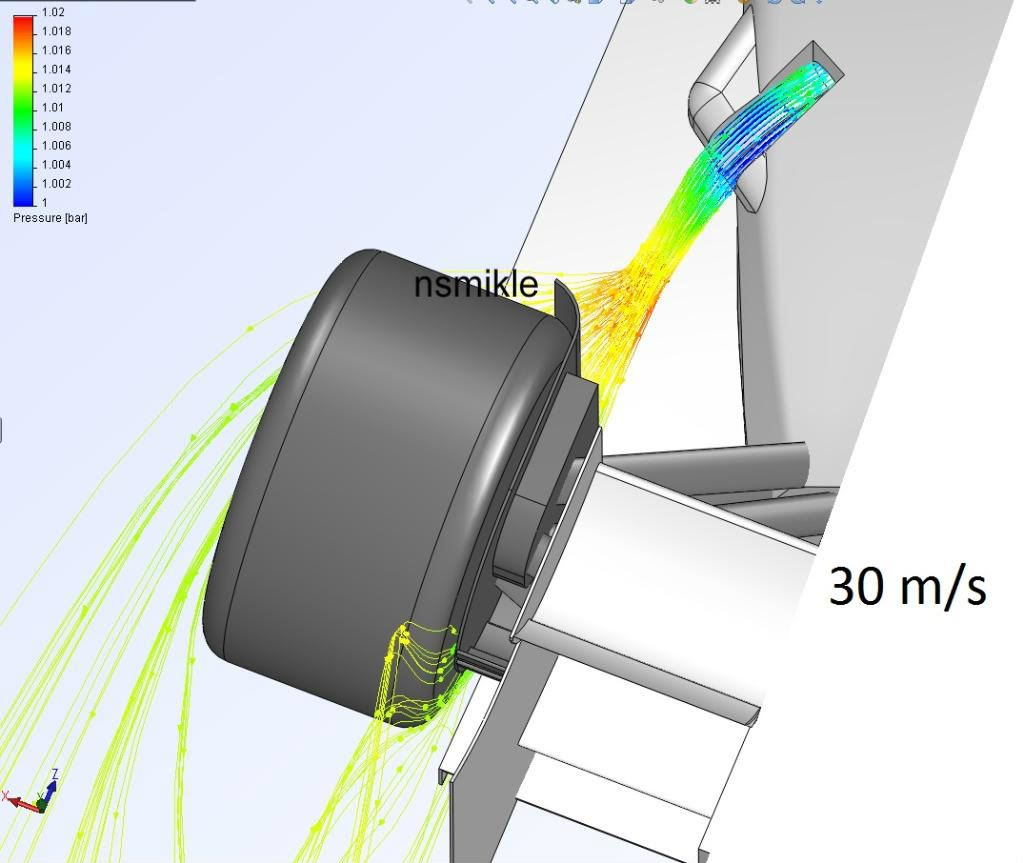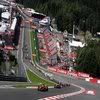ringo wrote:shelly wrote:
no it wont.

There are some examples showing air coming from the sides with tunneled floors, but the F1 floor is different.
After the throat there is no inward tendency for air flow.
What you will find also is that the upwash from the brake duct airfoils will influence the exhaust to go upward as well.
But to get back to mclaren, i think this is a nice concpept but it's not as effective as redbull's. I have not seen the downforce numbers, but there are a few things i will point out as to why this is just a gimmick soley designed to show the FIA that they can bend the rules.
I dont think it's very dependable, similar to the front exhuast on the renault.
Mclaren will copy redbull by race 6.

Just quoting myself to pickup from where i left off.
This solution is probably not as effective as redbull's becuase of the increased number dependencies for it to operate optimally.
Hope that is understandable.
It's ability to create downforce depends on these things:
Engine speed,
air speed,
coanda trough shape.
So if we look at the full range of these factors you will see there is probably a certain engine speed and car speed where the exhuast will flow as intended. Other times it will not flow as intended.
The fact that the coanda trough is fixed for the whole race weekend, unlike the other factors, it can only operate as intended with a certain engine speed and road speed range.
This is the same conundrum Renault put them self in last year with the R31. There is fixed body geometry that only works with specific conditions. And they had the low speed downforce problems, which were unsolvable.
In contrast redbull have this variable:
engine speed.
Reason being the exhuasts shoot straight, there is no depency on air speed since the air is already pointed where it is intended to blow. Air speed wont chage its direction. Body geomety is fixed but this is not an issue as there is no need to influence the flow with the bodywork and no need to fine tune.
Basically Redbull will have maximum downforce all the live long day at any part of the track. Mclaren cannot have this as their ssytem is tuned; ie fixed for a sweet spot.
You even see the body panel screws for the coanda pipe showing these guys have probably dozens of them slapping on trying to find a balance for each track.
Therefore i predict a switch to the redbull design. We see from the CFD that after the air bends to the floor, there is a great loss in speed and energy. By the time it's at the diffuser you can say the relative speed to free stream is marginal.
This is why i believe Mclaren were more focused on showing up the FIA saying "we have a savvy set of engineers we can still blow the diffuser!" and not actually trying another route looking at other areas to blow.
Too fixated on the diffuser, while redbull have other things in mind that reap more consistent and staying performance.



